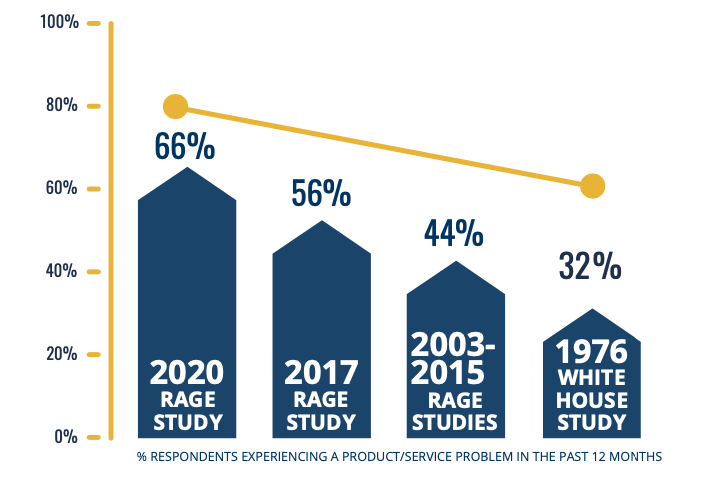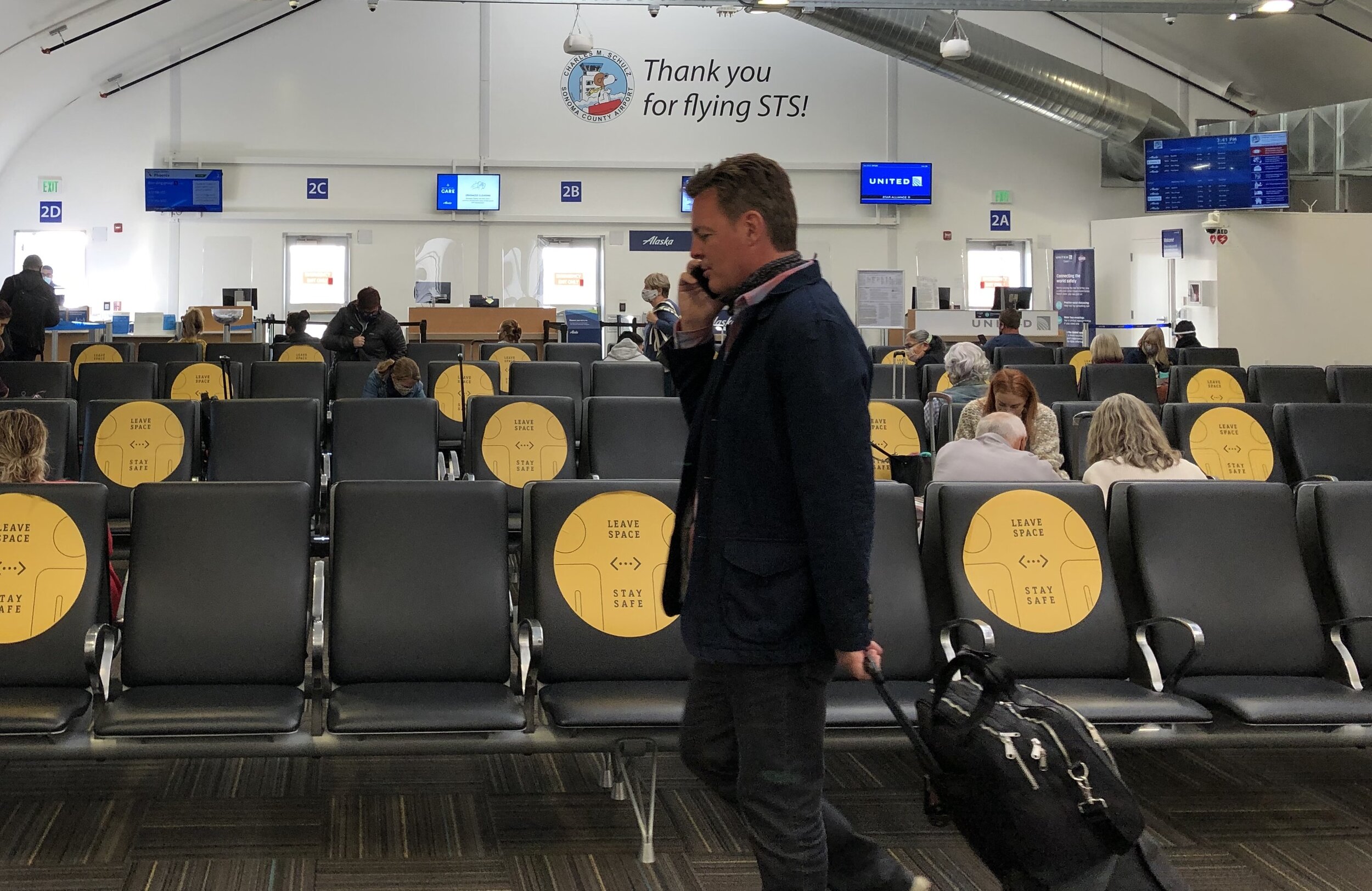What are diversity, inclusion, and representation?
Greene gave a few definitions to get us started.
Diversity is "the variations of different characteristics that make a group of individuals unique."
These include characteristics such as race, ethnicity, and sexual orientation. Greene pointed out that diversity can also include socio-economic status, disability, age, and even experience.
Inclusion is the process of making a diverse group of people feel like they belong in a group.
Representation occurs when people can see themselves in the workforce because there are other people like them in the group.
One of the challenges companies face is they might have diversity in entry-level positions, but the workforce becomes more homogenous as you move up the management ranks.
Hear more from Greene at :56 in the interview.
How do job postings eliminate diversity?
Recruiters can unconsciously eliminate diversity through the selection process.
For example, a recent job posting included the words, "seeking a recent college graduate" in the advertising copy. Since most recent college grads are in their early 20s, this creates an automatic bias against older workers.
In the United States, it's illegal to discriminate against job applicants over 40, so this job posting is already on shaky legal ground. The posting could also be a turn-off to well-qualified employees who are changing careers or just really like the work.
And not every older worker is interested in climbing the career ladder. I highly recommend The Intern with Robert DeNiro and Anne Hathaway to highlight this point perfectly.
Greene advises companies to screen job postings for unnecessary qualifications that might reduce the number of otherwise well-qualified candidates you receive. For instance, requiring a college degree is often an arbitrary requirement, especially if a particular skill set or area of study is not specified.
We discuss this challenge at 3:01.
Why should companies care about diversity or representation?
This isn't a fluffy concept. Diverse companies have stronger cultures, and tend to have better financial results.
Greene mentioned a couple fo studies that show the impact of diversity on the bottom line.
Another advantage is innovation.
"I work with companies in the tech sector," said Greene. "For them, innovation is one of the most important things that they can be doing. So all of a sudden, when you have this diversity in your organization—diversity of thought, diversity of people—you're now bringing innovation to the people."
A study by Boston Consulting Group discovered that companies with above-average diversity on their management teams reported innovation revenue that was 19 percentage points higher than companies with below-average diversity.
You can hear more at the 4:12 mark.
How does diversity improve team dynamics?
What we’re really talking about here is culture—how people think and act in the workplace. Greene described some tangible benefits that come with having diversity.
"Employees, if they feel like they're part of a community, and that their voice is heard in the workplace, they're almost five times more likely to feel empowered to perform."
Diversity can also help employees better cope with adversity. "When something happens, and there's someone to speak up for you, you feel represented."
When employees don't feel included in a company culture, their performance and contributions diminish. "If you don't have a company that speaks up on your behalf, it makes only a portion of you show up.”
Greene said that employees ask three basic questions when deciding whether to follow company leaders:
Can I trust you?
Do you care for me?
Are things going to get better if I follow you?
Go to 7:19 in the interview to hear more.
How can you increase the diversity of your leadership team?
Earlier in the conversation, Greene described a common challenge where there's diversity among frontline employees, but not on the leadership team.
I've witnessed that challenge first-hand while running the talent management function as a corporate training director. Our leadership team was fairly homogenous, and our recruiting team had to work very hard to change that.
Greene makes a few suggestions for companies.
The first is to build relationships with organizations that can help you access a more diverse pool of candidates. For example, Greene is the vice president-elect of the Chicago chapter of the National Black MBA Association. He explained that his organization frequently partners with corporate recruiters to help them recruit the organization's members.
Another opportunity is to nurture internal talent. This includes mentorship and sponsorship programs that help diverse leaders, and potential leaders, feel a stronger sense of belonging and commitment.
Hear more at 10:32 in the interview.
How can you foster more inclusion in the workplace?
Greene shared a quote from Verna Myers that explains it well.
Diversity is inviting someone to the dance. Inclusion is asking someone to dance.
Leaders should try to ask more employees to dance (metaphorically). Look for small opportunities to connect with someone else. It may seem trivial, but taking a personal interest in someone can go a long way.
This is especially important now, when many teams work remotely. It's easy for remote employees to remain unseen if they aren’t physically present in an office with their coworkers.
I once saw a simple example of intentional inclusion while visiting the Starbucks headquarters in Seattle. We were treated to a coffee tasting that was led by a remote employee. This allowed the employee to participate in the onsite event, even though she wasn't physically present.
Go to 14:04 to hear Greene share more ideas.
How do we make the conversation about inclusion more inclusive?
One experience that I've often had is inclusion is not always inclusive.
For example, I've been part of groups where I was told "there's too many white males here." I fit that description, so it immediately sends the message that I'm unwelcome.
On the other hand, I've been part of other groups where someone said, "How can we increase diversity and representation?" This is an invitation that encourages everyone to take part in the process.
"We need to frame things in the affirmative," said Greene. That means using positive statements that focus on how we can do "more of" versus negative statements that might make people feel excluded.
Greene explained that people sometimes view diversity as if it's a piece of pie. There's only so much pie to go around, so if you give someone a bigger piece, people worry that someone else will get a smaller piece.
This thinking can be limiting.
Go to 17:40 in the interview to hear Greene explain a better approach.




















